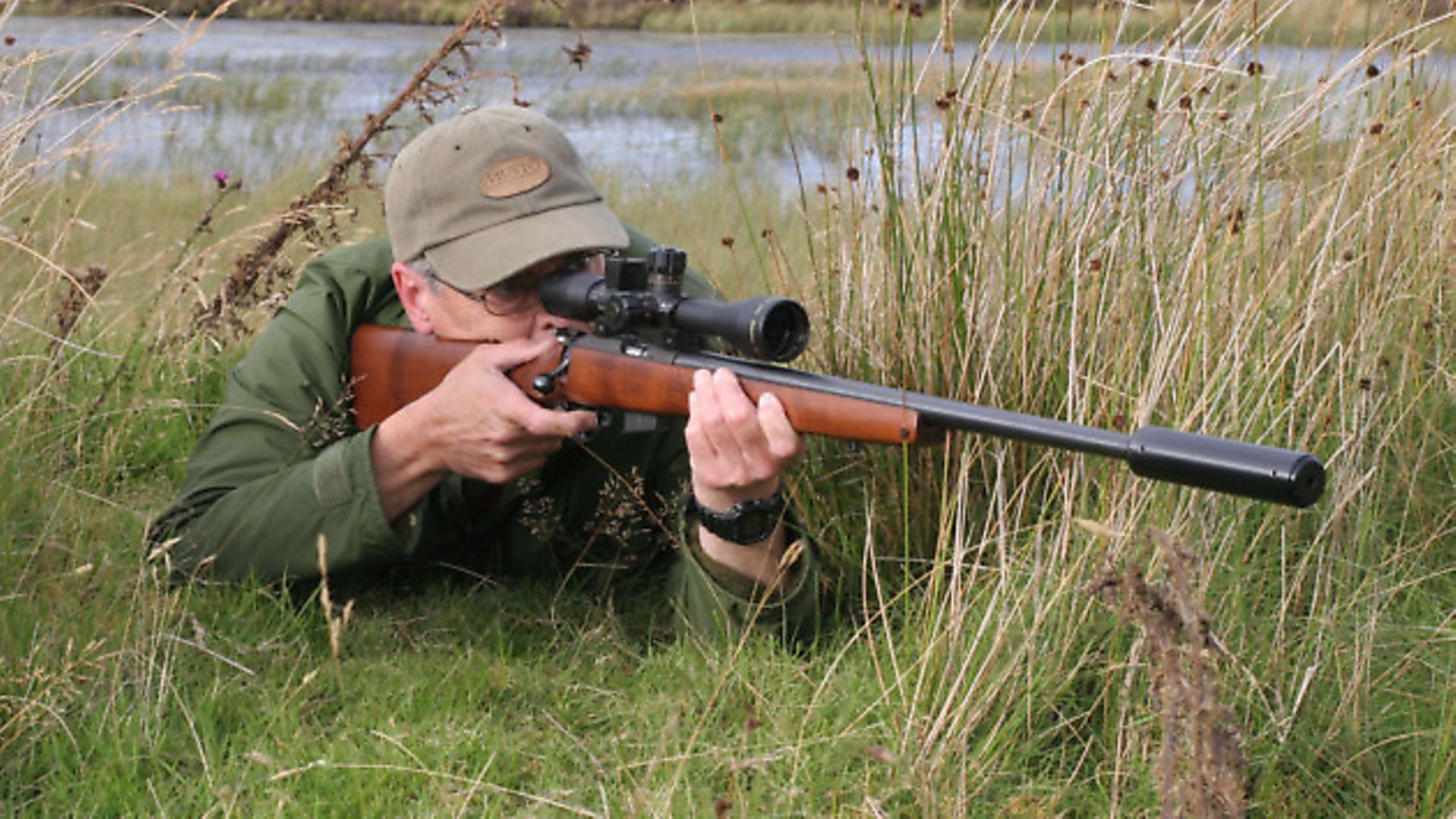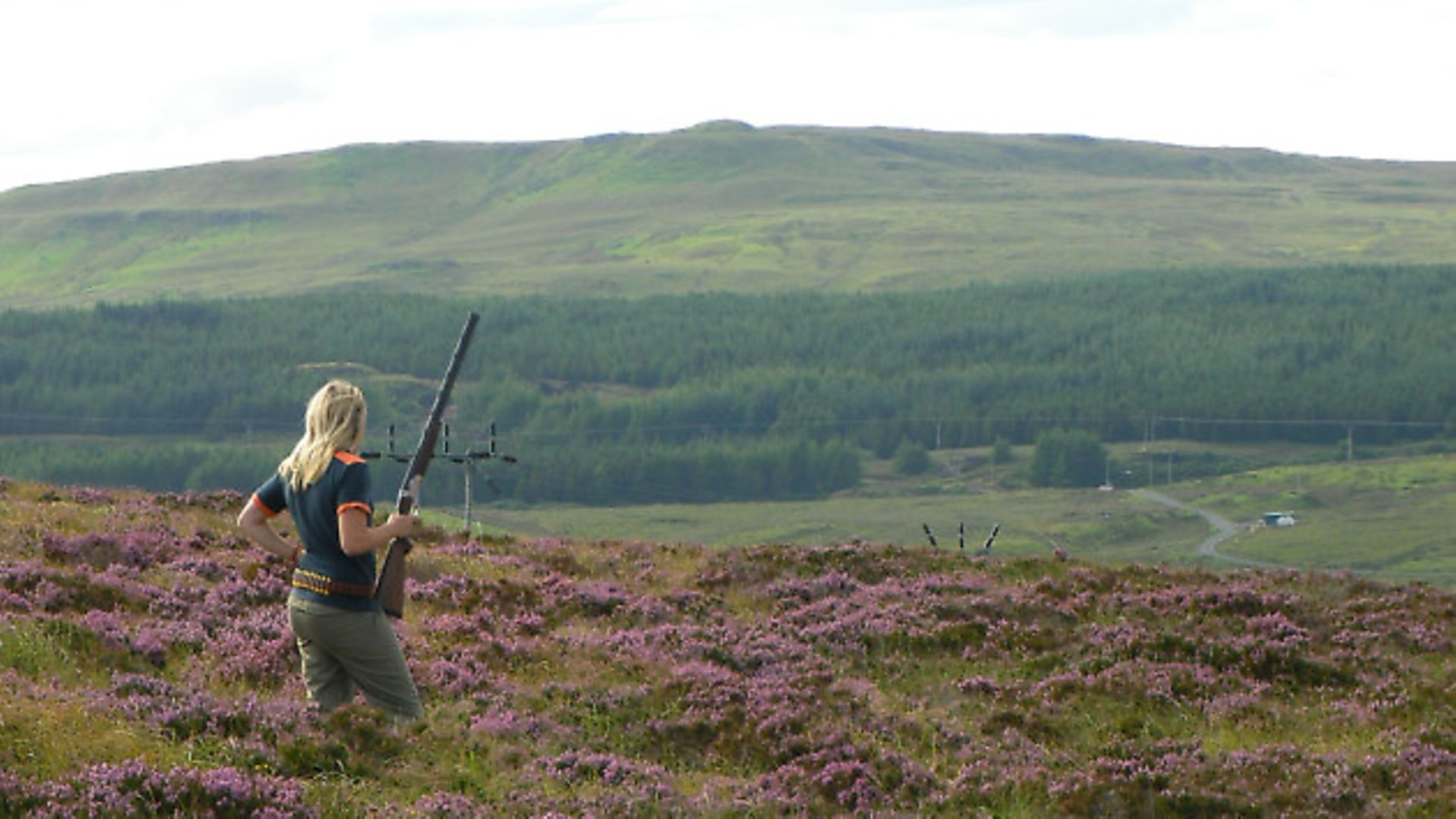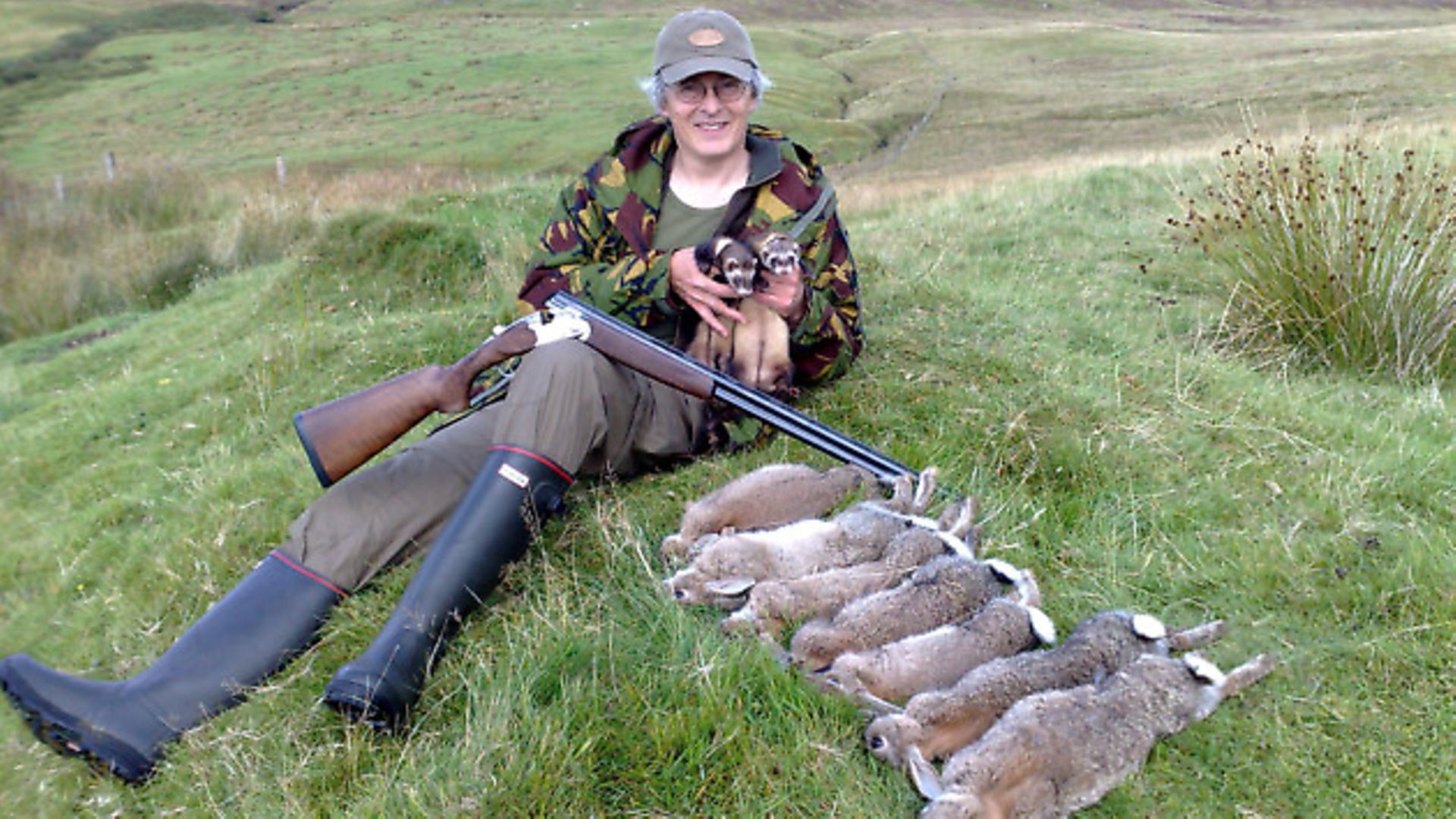James Marchington asks: How do you decide what to shoot?
 credit: James Marchington
credit: James Marchington
Some days nothing seems to go right. You make the perfect hide and decoy set-up and wait and wait but the pigeons just don’t come. Or you spend ages stalking into position for the final approach to a nice stag, only to crawl straight into a covey of grouse that burst noisily from the heather and give the game away.
 credit: James Marchington
credit: James Marchington
On days like these you’d be glad of a shot at anything, especially if the freezer is running low. But on better days you can afford to be more picky, choosing your quarry according to what you are trying to achieve.
 credit: James Marchington
credit: James Marchington
We all have different objectives for the various quarry species on our patch of ground. We are hardly ever trying to wipe out an entire population of a particular species, even if that was possible. Oddly enough, that kind of extremism is reserved for the environmentalists, who get it into their heads from time to time that ruddy ducks or brown rats or whatever are undesirable and need to be eradicated across entire regions.
Shooters are more often concerned with managing populations. The general idea is usually to maintain a healthy, sustainable population, while keeping any damage to crops or the environment within acceptable limits.
Of course that provides scope for endless debate and disagreement. Exactly what is a ‘healthy’ population, and how much damage is ‘acceptable’? To a farmer, any noticeable crop losses may be unacceptable, while the loss of a single lamb to foxes will probably get his blood boiling. If you depend on him for your shooting permission, then you had better toe his line, even if that means hitting the local pigeons, rabbits or deer harder than you’d like.
Elsewhere, you may have free rein to manage local populations as you wish. On ‘my’ little patch in the Highlands, for instance, I have enjoyed walking-up grouse a few days each season with my father and brothers for many years. Nowadays my daughters sometimes come too. The land isn’t keepered, so the coveys are few and far between, but with care we can harvest a small surplus without damaging the population.
When a covey rises, we are careful to pick out the older birds, and then only if the youngsters are well enough grown to look after themselves. It’s a lot to think about in the few seconds between the birds flushing and then disappearing over the next hill.
A beginner would still be standing open-mouthed at the sudden flurry of wings after hours of plodding across the open moor. We have been doing it a long time, however, and the thought process has become almost instinctive. Even a single small, cheeping grouse means we will hold our fire; it’s too young and still needs its parents. Three or more full-sized birds means a pair and their young; then the trick is to spot the older birds among the flurry of wings. You can’t get that sort of split-second decision 100% right, but nine times out of ten we do.
Having shot a bird or two from a covey, we leave them alone - we certainly don’t follow them up, and we take care not to stray into their territory again that season. As a result, we have a strong and healthy breeding population at a density that is limited by what the moor will support – give or take the natural fluctuations that come with poor weather and predation by vermin that are largely uncontrolled in an area dominated by sheep farming.
Elsewhere, parties of visiting guns, perhaps with pointing dogs, will get greedy and follow up a covey again and again, effectively wiping it out until the territory can be reclaimed by surplus birds moving in from further afield.
The principles are similar with deer, rabbits or any other quarry species, each of which is interwoven with the other fauna and flora of the area. A high population density of deer in woodland, for instance, will change the nature of the woodland floor, while more rabbits means more crop damage as well as supporting larger numbers of predators such as foxes and buzzards. Part of the fascination is predicting what effects your population control will have on the environment as a whole – and rethinking your plans when results don’t match expectations!
Any deer manager will tell you that controlling a population is more complicated than simple maths. You don’t just work out how many deer you have, how many you want, then go and shoot the difference. Taking out a certain number of individuals will have a greater or lesser effect, depending on their age, sex and place in the social structure.
When I was at university I made a study of rabbit populations, using a mathematical modelling technique called the Leslie Matrix. The first thing it taught me was just how fast a rabbit population can explode when it’s not limited by food or predation. No wonder they colonised Australia so fast!
Then I started tinkering around with culling different age groups, to see what effect it had on the total population. Perhaps not surprisingly, culling the oldest age groups had almost no effect at all. Killing the same number of breeding age bucks and does quickly brought the population under control, while the biggest effect came from killing young rabbits just as they approached breeding age. Killing does had a greater effect than killing bucks, but in practice it can be hard to tell them apart through the scope.
This provides the basis of a simple cull plan to reduce crop damage. With pests such as rabbits, controlling numbers can be like trying to hold back the tide. Control is often about shooting as many as possible, whatever their age. But if you’re using an airgun you may sometimes be able to choose which of several rabbits to shoot. You may as well shoot the one that will make the most difference to the population.
The same principles apply to species such as deer, and here you are much more likely to be watching the herd closely, carefully choosing which one to shoot. As time goes by, you will see the results of your decisions, as the herd numbers rise, hold steady or fall.
You do need to remember that free-ranging deer populations are different to deer enclosed in a park. There will be movement on and off your ground. You may think you are cleverly holding the population stable, when in fact your land is producing dozens of emigrants that are spreading across neighbouring estates. Or you may be shooting too many, but they are replaced by your neighbour’s deer straying onto your land. You need to work with other landowners to come up with an overall plan for the area.
In the case of deer, on top of your target numbers you need to overlay your ambitions for the genetic health of the herd. Just as a farmer breeds from his best livestock, the deer manager wants the strongest, most healthy specimens to pass their genes on to future generations. That means picking your cull animals not just for their effect on overall numbers, but also because their genes are less good than others. Taking them out of the equation will allow better animals to breed and produce stronger, healthier young.
OK, so I don’t know anyone who sets out to produce a population of stronger, healthier rats. But a lot of shooting is not just about taking an individual animal or bird because you can. It’s about knowing which individual to take and why, for the long-term benefit of the population and the environment as a whole.
Pictures and words by James Marchington